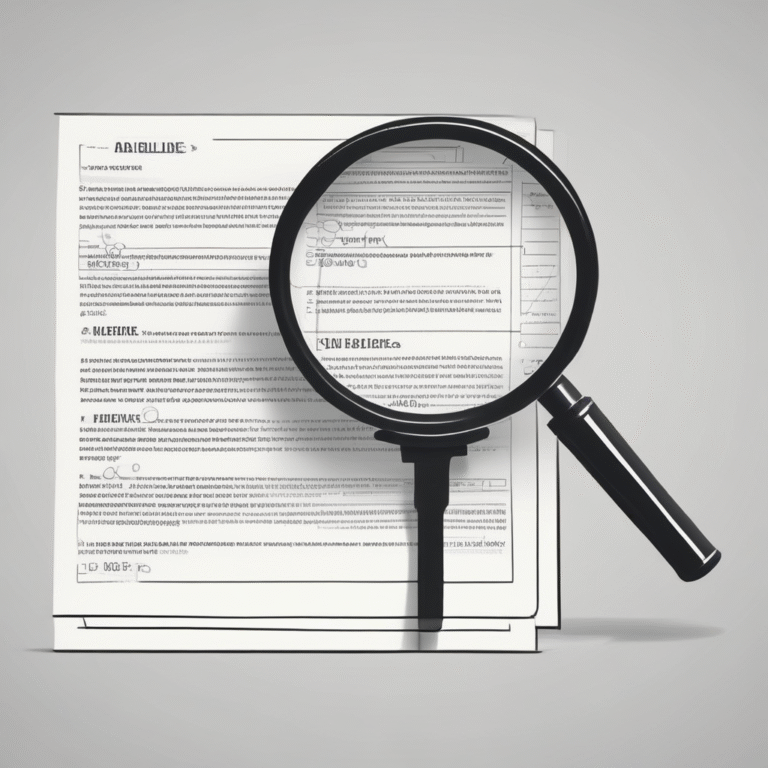EU Legislation After the AI Act: Brussels Considers New Liability Rules
The EU has initiated a consultation regarding a proposed AI Liability Directive (AILD), aimed at establishing a liability regime for AI developers and users. This legislative proposal follows the implementation of the EU’s AI Act, which has now come into force, prompting lawmakers to shift focus towards new regulations governing artificial intelligence technology.
Key Takeaways
- The AILD aims to create a unified civil liability framework across the EU for damages caused by AI systems.
- Consultation will explore the necessity of the directive and whether it should mandate AI liability insurance.
Does the EU Need More AI Rules?
Initially, AI was regulated by a fragmented set of EU and national laws, which often addressed different technological contexts. The adoption of the AI Act has harmonized this regulatory framework significantly.
In 2024, the EU updated the Product Liability Directive (PLD) to reflect the digital age by incorporating a section specifically for “software and AI systems,” clarifying developers’ responsibilities towards users. However, some stakeholders argue that the updated PLD sufficiently addresses all potential AI liability scenarios, rendering the AILD unnecessary.
Despite these claims, a recent impact assessment by the European Parliament highlights several unresolved issues with the revised PLD. Notably, the PLD currently only establishes liability for professional or corporate AI users, creating a regulatory gap for non-professional AI users. Moreover, the PLD limits the range of damages eligible for compensation, resulting in significant loopholes.
Unaddressed Areas
The PLD does not cover instances where AI may lead to discriminatory outcomes, breaches of individuals’ rights to privacy and dignity, or issues related to the environmental and climate impact of AI systems.
Lawmakers Consider Mandating AI Liability Insurance
One of the significant discussions in the AILD consultation is whether the directive should require operators of high-risk AI systems to hold liability insurance. The European Commission asserts that such insurance should be mandatory for all high-risk AI operators, potentially imposing considerable costs on companies developing technologies classified as high-risk under Article 6 of the AI Act.
For instance, developers of biometric surveillance tools may be required to insure against risks associated with false identification.
However, the consultation raises questions about whether insurers possess sufficient data to effectively underwrite AI risks. A report from Deloitte indicates a global shortage of AI-related insurance products, attributing this to the lack of historical data on AI model performance and the rapid evolution of AI technology.
Next Steps for the AI Liability Directive
Following the six-week consultation period, the European Parliament’s AILD rapporteur, Axel Voss, is set to report findings in June. A subsequent twelve-week consultation will follow, leading to negotiations between the Parliament and the European Commission from September to December.
It is anticipated that the Committee on Legal Affairs will vote on the final document in January 2026, with a final plenary session scheduled for February.
This ongoing legislative process underscores the EU’s commitment to establishing a comprehensive framework for AI regulation, addressing the emerging challenges posed by rapidly advancing technologies.










